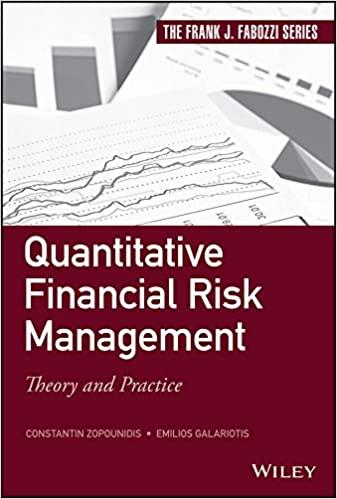Question
Assume that Canada and Japan each have 1,000 production units available to them. With each unit, Canada is able to produce either 8 bicycles or
Assume that Canada and Japan each have 1,000 production units available to them. With each unit, Canada is able to produce either 8 bicycles or 4 books, while Japan can produce either 2 bicycles or 3 books. When no trade takes place, Canada chooses to allocate 650 units to bicycles and 350 to books, while Japan chooses to allocate 500 units to bicycles and 500 to books. a. Create a table showing total production for the two countries with no trade and their stated allocation preferences. b. Create a table that assumes total specialization and trade. What is the effect on total production? (That is to say, how many more or fewer books or bicycles are there in the economy with specialization?) c. What is the most extreme (relative) price that would favor Canada, and what is the most extreme (relative) price that would favor Japan? d. Given the existence of a range of possible prices, list at least three factors that would affect the determination of the final market price.
Step by Step Solution
There are 3 Steps involved in it
Step: 1

Get Instant Access to Expert-Tailored Solutions
See step-by-step solutions with expert insights and AI powered tools for academic success
Step: 2

Step: 3

Ace Your Homework with AI
Get the answers you need in no time with our AI-driven, step-by-step assistance
Get Started


